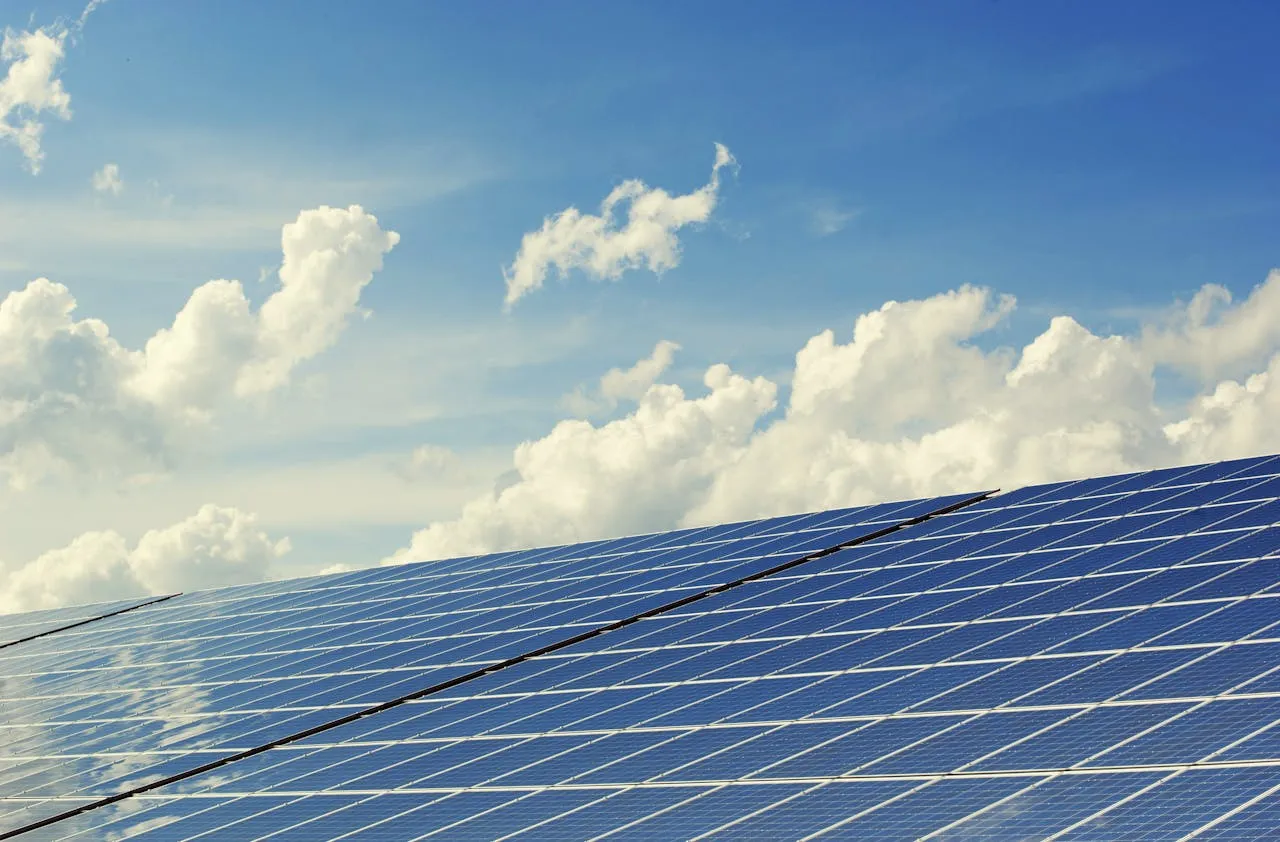As the world grapples with the effects of climate change and the depletion of fossil fuel resources, the transition to renewable energy sources has become increasingly urgent. Innovations in renewable energy technologies are playing a crucial role in this transition, offering sustainable solutions that promise to reduce greenhouse gas emissions, enhance energy security, and drive economic growth. This article explores some of the key advancements shaping the future of renewable energy and their potential impact on our global energy landscape.
One of the most promising developments in renewable energy is the advancement of solar power technology. Solar photovoltaic (PV) systems have seen significant improvements in efficiency and cost-effectiveness over the past decade. Innovations such as bifacial solar panels, which capture sunlight on both sides, and perovskite solar cells, which offer higher efficiency at a lower cost, are driving the next generation of solar technology. Additionally, advancements in solar panel manufacturing and installation techniques are reducing costs and expanding the potential for solar energy adoption in residential, commercial, and industrial applications.
Wind energy is another area experiencing rapid innovation. The development of larger and more efficient wind turbines, both onshore and offshore, is significantly increasing the capacity and reliability of wind power. Floating wind turbines, for example, are designed to be deployed in deeper waters where wind speeds are higher and more consistent. This technology opens up new possibilities for harnessing wind energy in locations previously inaccessible to traditional fixed-bottom turbines. Advances in wind turbine design, materials, and energy storage are also enhancing the performance and integration of wind energy into the grid.
Energy storage technologies are critical to overcoming the intermittency of renewable energy sources such as solar and wind. Innovations in battery technology, particularly lithium-ion and solid-state batteries, are improving energy storage capacity, efficiency, and longevity. These advancements are enabling better integration of renewable energy into the grid by storing excess energy generated during periods of high production and releasing it during periods of low production. Moreover, advancements in grid-scale energy storage solutions, such as pumped hydro storage and flow batteries, are providing additional options for balancing supply and demand.
In addition to advancements in solar, wind, and energy storage, there is growing interest in emerging renewable energy technologies such as tidal and wave power. These technologies harness the energy from ocean currents and waves, offering a predictable and consistent source of power. Early-stage projects and pilot programs are exploring the potential of these technologies, with the goal of integrating them into the broader energy mix as their feasibility and efficiency improve.
The rise of decentralized energy systems is also transforming the renewable energy landscape. Distributed generation, where energy is produced close to where it is consumed, is empowering individuals and communities to generate their own renewable energy. Innovations such as home solar panels, microgrids, and community solar projects are enabling greater energy independence and resilience. These decentralized systems also facilitate the integration of renewable energy into local grids, reducing transmission losses and enhancing overall system reliability.
Despite the exciting advancements, challenges remain in the widespread adoption of renewable energy. Issues such as regulatory hurdles, financing, and infrastructure development need to be addressed to fully realize the potential of renewable technologies. Policymakers, industry stakeholders, and researchers must work together to create supportive frameworks and incentives that drive the growth of renewable energy and ensure its successful integration into the global energy system.
In conclusion, innovations in renewable energy technologies are driving the green transition and shaping the future of our energy landscape. Advancements in solar and wind power, energy storage, and emerging technologies like tidal and wave power are paving the way for a more sustainable and resilient energy system. As these technologies continue to evolve and overcome existing challenges, they hold the promise of transforming how we generate, store, and consume energy, ultimately contributing to a cleaner and more sustainable future for all.





















